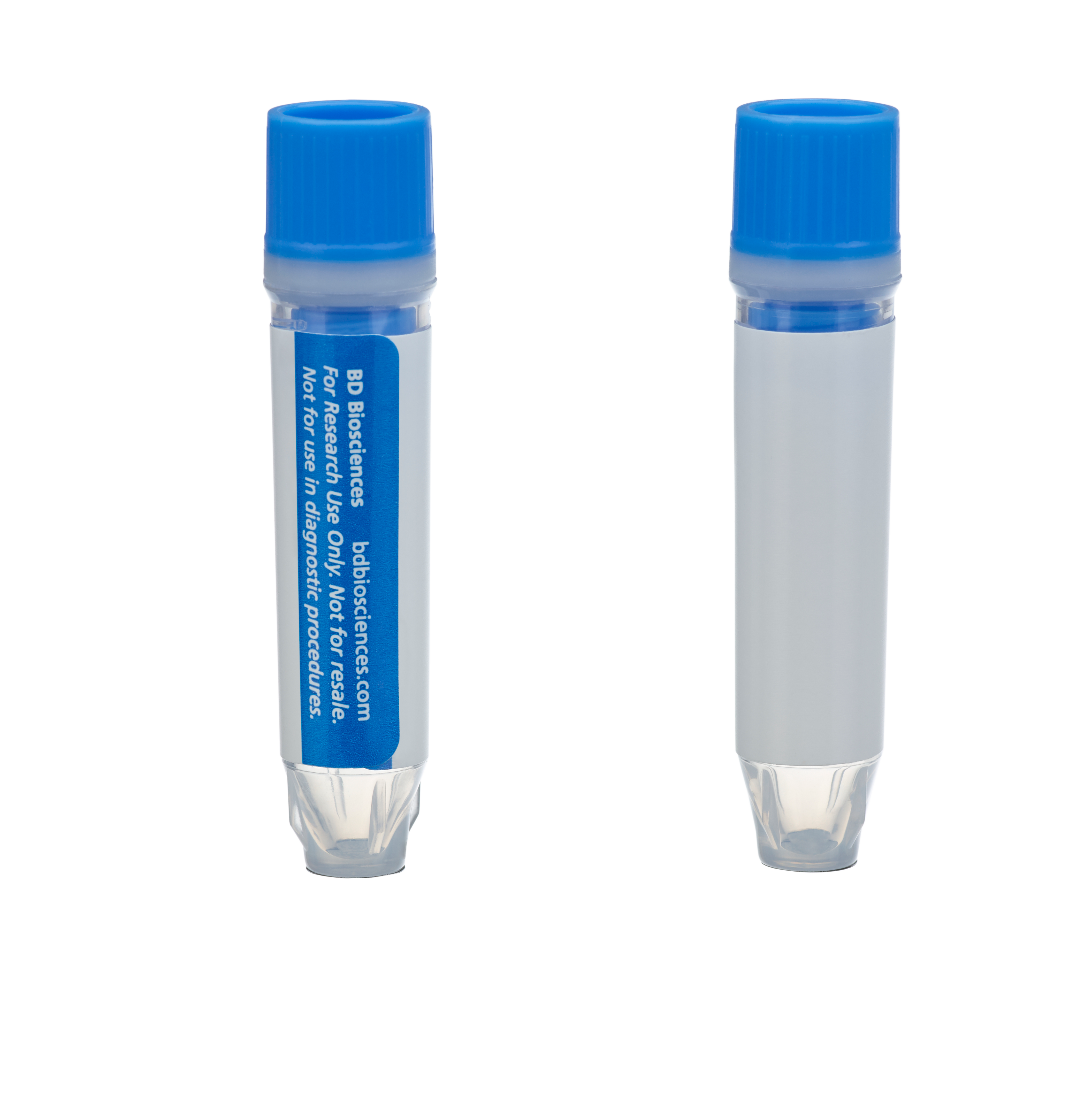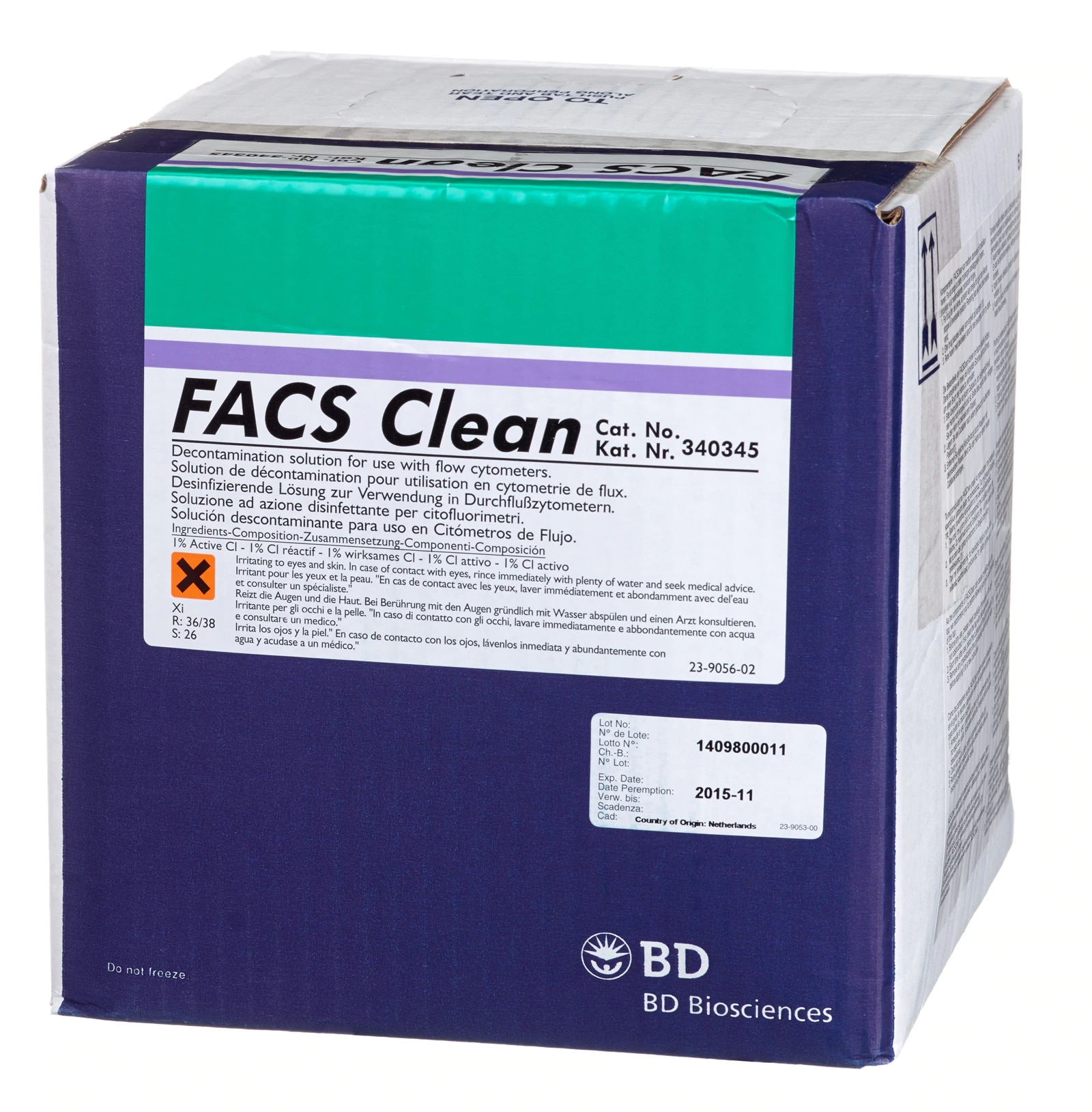-
Reagents
- Flow Cytometry Reagents
-
Western Blotting and Molecular Reagents
- Immunoassay Reagents
-
Single-Cell Multiomics Reagents
- BD® OMICS-Guard Sample Preservation Buffer
- BD® AbSeq Assay
- BD® Single-Cell Multiplexing Kit
- BD Rhapsody™ ATAC-Seq Assays
- BD Rhapsody™ Whole Transcriptome Analysis (WTA) Amplification Kit
- BD Rhapsody™ TCR/BCR Next Multiomic Assays
- BD Rhapsody™ Targeted mRNA Kits
- BD Rhapsody™ Accessory Kits
- BD® OMICS-One Protein Panels
-
Functional Assays
-
Microscopy and Imaging Reagents
-
Cell Preparation and Separation Reagents
-
- BD® OMICS-Guard Sample Preservation Buffer
- BD® AbSeq Assay
- BD® Single-Cell Multiplexing Kit
- BD Rhapsody™ ATAC-Seq Assays
- BD Rhapsody™ Whole Transcriptome Analysis (WTA) Amplification Kit
- BD Rhapsody™ TCR/BCR Next Multiomic Assays
- BD Rhapsody™ Targeted mRNA Kits
- BD Rhapsody™ Accessory Kits
- BD® OMICS-One Protein Panels
- Belgium (English)
-
Change country/language
Old Browser
This page has been recently translated and is available in French now.
Looks like you're visiting us from United States.
Would you like to stay on the current country site or be switched to your country?
BD Pharmingen™ Purified Mouse Anti-Rat Tau
Clone TAU-5 (RUO)





Western blot analysis of Tau. A rat cortex lysate was probed with the mouse anti-rat Tau antibody at concentrations of 3.0 µg/mL (lane 1), 1.0 µg/mL (lane 2), and 0.5 µg/mL (lane 3). Tau is identified as bands between ~ 50-70 kDa.

Immunohistochemical staining of Tau. A rat brain section was formalin-fixed and paraffin-embedded for staining with the mouse anti-rat Tau antibody. Investigators are encouraged to titrate between 10 µg/mL to 0.032 µg/mL.



ImageTitle~BD Pharmingen™ Purified Mouse Anti-Rat Tau

ImageTitle~BD Pharmingen™ Purified Mouse Anti-Rat Tau


Regulatory Status Legend
Any use of products other than the permitted use without the express written authorization of Becton, Dickinson and Company is strictly prohibited.
Preparation And Storage
Recommended Assay Procedures
Western blot: Please refer to http://www.bdbiosciences.com/pharmingen/protocols/Western_Blotting.shtml
Product Notices
- Since applications vary, each investigator should titrate the reagent to obtain optimal results.
- Caution: Sodium azide yields highly toxic hydrazoic acid under acidic conditions. Dilute azide compounds in running water before discarding to avoid accumulation of potentially explosive deposits in plumbing.
- Please refer to www.bdbiosciences.com/us/s/resources for technical protocols.
Tau proteins are microtuble-associated proteins (MAPs) that are thought to function by stabilizing microtubles. They comprise a family of multiple polypeptides that originate from one gene. Alternate splicing of Tau mRNA and differential phosphorylation contribute to the heterogeneity of Tau. Typically, Tau proteins migrate between ~ 45-70 kDa with isoelectric points ranging from 6.5-8.0. Tau expression is widespread in the brain and is found in most cell types within the mammalian central nervous system. Tau has a complex biochemical nature that is partly due to its many isoforms. The number and molecular weights of Tau forms changes during brain development. Additionally, the molecular wieghts and forms of Tau proteins at a given point of development vary between species. Antibodies directed against different epitopes have been used to distinguish between Tau forms. The monoclonal antibody TAU-5 recognizes a phosphorylation-independent epitope on Tau proteins. The reduced molecular weight of Tau proteins may range between 45 kDa to 95 kDa. The TAU-5 antibody reacts with a phosphorylation-independent epitope in the middle of tau. It recognizes both the phosphorylated and non-phosphorylated form of Tau. The antibody has been characterized in rat tissue.
Development References (5)
-
Ksiezak-Reding H, Binder LI, Yen SH. Alzheimer disease proteins (A68) share epitopes with tau but show distinct biochemical properties. J Neurosci Res. 1990; 25(3):420-430. (Biology). View Reference
-
Papasozomenos SC, Binder LI. Phosphorylation determines two distinct species of Tau in the central nervous system. Cell Motil Cytoskeleton. 1987; 8(3):210-226. (Biology). View Reference
-
Papasozomenos SC, Su Y. Rapid dephosphorylation of tau in heat-shocked fetal rat cerebral explants: prevention and hyperphosphorylation by inhibitors of protein phosphatases PP1 and PP2A. J Neurochem. 1995; 65(1):396-406. (Clone-specific: Immunohistochemistry, Western blot). View Reference
-
Riederer BM, Binder LI. Differential distribution of tau proteins in developing cat cerebellum. Brain Res Bull. 1994; 33(2):155-161. (Biology). View Reference
-
Watanabe N, Takio K, Hasegawa M, Arai T, Titani K, Ihara Y. Tau 2: a probe for a Ser conformation in the amino terminus of tau. J Neurochem. 1992; 58(3):960-966. (Biology). View Reference
Please refer to Support Documents for Quality Certificates
Global - Refer to manufacturer's instructions for use and related User Manuals and Technical data sheets before using this products as described
Comparisons, where applicable, are made against older BD Technology, manual methods or are general performance claims. Comparisons are not made against non-BD technologies, unless otherwise noted.
For Research Use Only. Not for use in diagnostic or therapeutic procedures.
